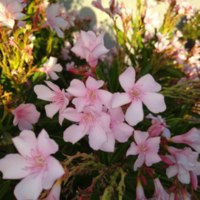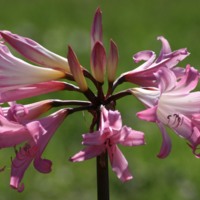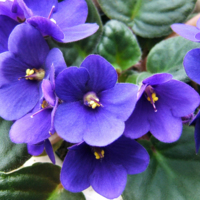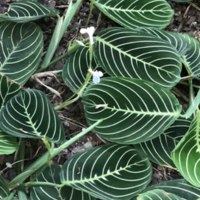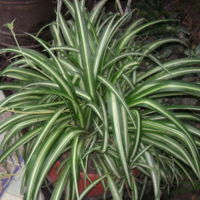Browse Items (16 total)
Sort by:
-
Rattlesnake Plant
Known by the common name rattlesnake plant, the scientific name is Goeppertia insignis. Safe for dogs and cats. For care, use loose, fast-draining soil, fertilizing monthly in spring and summer only, indirect light, 70–80 degrees F. Water whenever the top of the soil feels dry. -
African Violet
Scientific name Saintpaulia ionantha is safe and even beneficial for both cats and dogs. This plant requires strong indirect light 10-12 hrs daily, temperatures between 68° – 85°F, 80% humidity, re-pot annually, and watering once a week. It is considered a fairly picky plant and should not be watered from above as water hitting the leaves may cause permanent spotting. -
Prayer Plant
Colloquially known as the prayer plant, the scientific name of this plant is Maranta leuconeura. It is safe for both dogs and cats. Consistent warmth, indirect light, temperatures between 68° – 85°F, and watering every 1 to 2 weeks will help this plant thrive. -
Spider Plant
Colloquially known as the spider plant, the scientific name of this plant is Chlorophytum comosum. It is safe for both dogs and cats. For care, the spider plant needs indirect bright light, 60–80 degrees F. Water once a week, or less frequently in winter.
